Skilled Techs Drive Affordable Collision Repair Quality
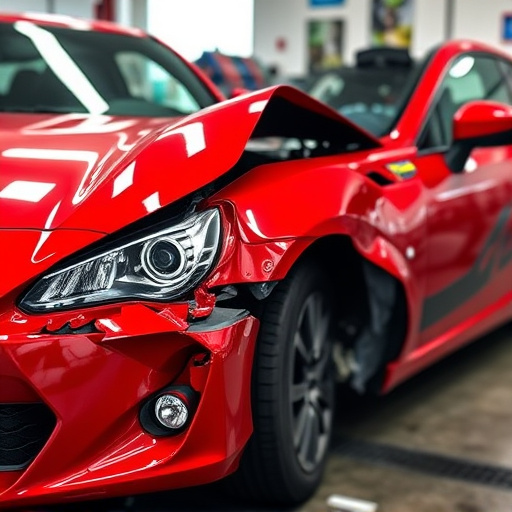
Certified technicians are vital for delivering high-quality, affordable collision repair services. T…….
In today’s fast-paced world, where vehicle ownership is ubiquitous, the topic of affordable collision repair has emerged as a critical aspect of automotive care. This article aims to delve into the intricate world of collision repair, exploring its various facets and highlighting why it deserves attention. We will navigate through historical context, global implications, economic factors, technological innovations, policy frameworks, and real-world applications. By the end, readers will grasp the significance of affordable collision repair and its potential to transform the automotive industry while ensuring safety and cost-effectiveness.
Definition: Affordable collision repair refers to the process of restoring damaged vehicles to their pre-incident condition at a reasonable cost, focusing on efficiency, accessibility, and quality. It involves skilled technicians using advanced techniques and materials to fix collisions, dents, scratches, and other types of automotive damage.
Core Components:
Historical Context: The concept of collision repair has evolved significantly since the early days of automobiles. Traditional methods involved labor-intensive, time-consuming repairs with limited technological intervention. However, advancements in materials science, precision tools, and computer-aided design (CAD) software have revolutionized the industry, making collision repair more accessible and cost-effective.
Significance: Affordable collision repair plays a pivotal role in several key areas:
| Area | Impact |
|---|---|
| Safety | Restores vehicles to their structural integrity, ensuring driver and passenger safety during future journeys. |
| Environmental Sustainability | Encourages the reuse of materials by fixing damaged vehicles, reducing automotive waste. |
| Cost-Effectiveness | Provides an alternative to total vehicle replacement, saving consumers money. |
| Convenience | Offers quick turnaround times and mobile services for on-site repairs, accommodating modern lifestyles. |
Affordable collision repair has left its mark worldwide, with varying regional approaches and challenges:
North America: The United States and Canada have seen a rise in specialized collision repair centers, focusing on efficient, high-quality services. These regions have robust insurance systems that facilitate the process, ensuring consumers receive reasonable repairs.
Europe: With strict environmental regulations, European countries emphasize eco-friendly repair methods, promoting the use of recycled materials and sustainable business practices. The EU’s focus on digital transformation has also led to the adoption of advanced CAD software for precise repairs.
Asia Pacific: Rapidly growing automotive markets like China and India are witnessing a surge in collision repair services due to increasing vehicle ownership. These regions often face unique challenges, including limited access to specialized training and technology.
Emerging Markets: Countries in Latin America and Africa are adopting affordable collision repair models tailored to their specific needs, with a focus on community-based workshops and mobile repair services.
The economic landscape of affordable collision repair is complex, involving various stakeholders:
Market Dynamics: The global collision repair market was valued at USD 173.4 billion in 2020 and is projected to grow at a CAGR of 5.8% from 2021 to 2028 (Source: Grand View Research). This growth is driven by rising vehicle sales, stringent safety regulations, and the growing preference for vehicle restoration over replacement.
Investment Patterns: The industry attracts significant investments from both private enterprises and venture capital firms, particularly in technology-driven solutions. For instance, companies specializing in autonomous repair robots or advanced paint systems have attracted substantial funding to revolutionize collision repair processes.
Economic Impact: Affordable collision repair contributes to economic growth by:
Technology has been a game-changer in affordable collision repair:
Robotic Repair Systems: Advanced robots are now used for precise body panel alignment and painting, reducing human error and improving consistency. Companies like Fanuc and ABB have developed robotic arms capable of intricate tasks.
Computer-Aided Design (CAD) Software: CAD systems enable technicians to create digital models of vehicles, facilitating accurate damage assessments and repair planning. This technology streamlines the process, reduces errors, and enables remote consultations.
Advanced Materials: New materials like composite polymers and lightweight metals offer improved strength-to-weight ratios, making vehicles more crash-resistant. These materials also simplify repairs and reduce scrap waste.
Mobile Repair Services: The rise of mobile repair units equipped with portable tools and technology brings collision repair directly to customers’ locations, saving time and effort.
Government policies and regulations play a crucial role in shaping the affordable collision repair industry:
Safety Standards: All major automotive industries have stringent safety standards for vehicle construction and repair. These standards ensure that repairs maintain or enhance structural integrity, passenger safety, and environmental protection.
Insurance Regulations: Insurance companies heavily influence collision repair through policy terms and guidelines. Some regions have mandatory repair provisions, ensuring consumers receive repairs rather than replacements. This promotes affordable options and encourages a sustainable repair culture.
Environmental Policies: Many countries have implemented regulations to minimize automotive waste and encourage recycling. These policies drive the development of eco-friendly repair practices and materials.
Training and Certification: Several governments mandate specific training and certification programs for collision repair technicians, ensuring skilled professionals deliver quality services.
Despite its many advantages, affordable collision repair faces several challenges:
Skilled Labor Shortage: The industry struggles with a shortage of trained technicians due to the specialized nature of work and changing career preferences. This gap can lead to longer wait times and higher costs.
Technological Adoption: While technology offers numerous benefits, smaller repair shops may face challenges in investing in advanced systems, creating a digital divide within the industry.
Customer Trust: Some consumers remain skeptical about affordable repairs, fearing subpar work or potential hidden costs. Building trust through transparent pricing and quality assurance is essential.
Proposed Solutions:
Case Study 1: Green Repair Initiative (North America)
A pioneering collision repair center in California adopted an eco-friendly approach, using only recycled materials and sustainable business practices. They invested in advanced PDR techniques, reducing the need for body panels and paint. This initiative not only attracted environmentally conscious customers but also lowered operational costs, making it a successful model for affordable, green collision repair.
Case Study 2: Mobile Repair Revolution (Europe)
A start-up in Germany introduced a mobile repair service, bringing collision repair directly to drivers’ locations. Using compact tools and portable equipment, they offer quick repairs at competitive prices. This innovative approach has gained popularity, especially among urban dwellers, challenging traditional repair shops to adapt and improve their services.
Case Study 3: Community-Based Repair (Asia)
In rural India, a non-profit organization established local community repair workshops, empowering villagers with collision repair skills. These workshops use simple tools and locally sourced materials, providing affordable repairs and fostering self-reliance. The initiative has been successful in reducing traffic accidents and improving road safety in underserved areas.
The landscape of affordable collision repair is poised for exciting developments:
Artificial Intelligence (AI): AI-driven systems will revolutionize damage assessment, offering real-time, accurate estimates. Self-driving cars will also create new challenges and opportunities for collision repair processes.
3D Printing: 3D printing technology can transform body panel repairs, allowing for on-demand, customized parts production, reducing lead times and costs.
Digital Twin Technology: Creating digital replicas of vehicles enables virtual repair simulations, enhancing training and precision.
Extended Warranty Programs: Manufacturers offering extended warranties for affordable repairs can encourage customers to prioritize vehicle maintenance.
Affordable collision repair is a dynamic and essential aspect of the automotive industry, offering solutions that cater to growing consumer demands and environmental considerations. By embracing technological advancements, fostering skilled labor, and implementing supportive policies, the industry can continue to thrive while ensuring safety, sustainability, and cost-effectiveness. The case studies presented highlight the diverse applications and potential for growth, leaving a lasting impact on both industries and communities worldwide.
Q: How do I know if my vehicle repair is affordable?
A: Compare quotes from multiple repair shops, consider the estimated time for repairs, and check their reputation. Transparent pricing and detailed estimates are key to making an informed decision.
Q: Are there any government programs to assist with collision repair costs?
A: Yes, many governments offer incentives and subsidies for certain types of vehicle repairs, especially those promoting safety and environmental sustainability. Check local authorities or insurance providers for available programs.
Q: Can I learn collision repair skills without formal training?
A: While some people may pick up basic skills, formal training is recommended for specialized techniques. Many vocational schools and online platforms offer courses tailored to collision repair, ensuring you gain the necessary expertise.
Q: How does technology improve the accuracy of collision repairs?
A: Technology like CAD software and robotic systems provide precise measurements and visual aids, reducing human error. These tools enable technicians to plan repairs more effectively, ensuring better outcomes and faster turnaround times.
Q: Are eco-friendly collision repair methods more expensive?
A: Initially, investing in eco-friendly practices might increase costs. However, long-term benefits include reduced operational expenses, lower environmental impact, and enhanced brand reputation, making it a sustainable choice for many businesses.

Certified technicians are vital for delivering high-quality, affordable collision repair services. T…….

Choosing affordable collision repair means balancing cost and quality. Reputable centers offer top s…….

When searching for affordable collision repair, opt for versatile shops offering diverse services an…….
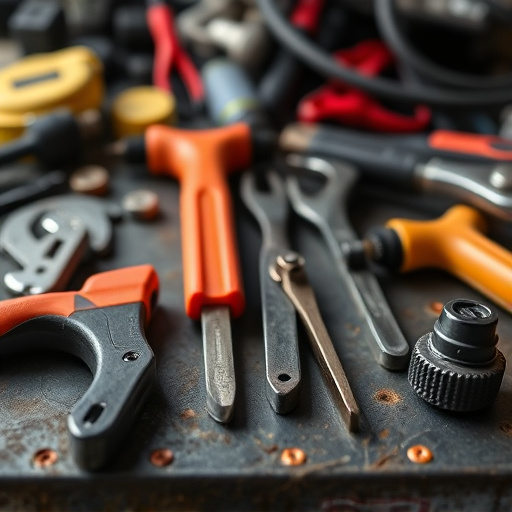
Understanding affordable collision repair pricing requires evaluating damage assessments, part costs…….
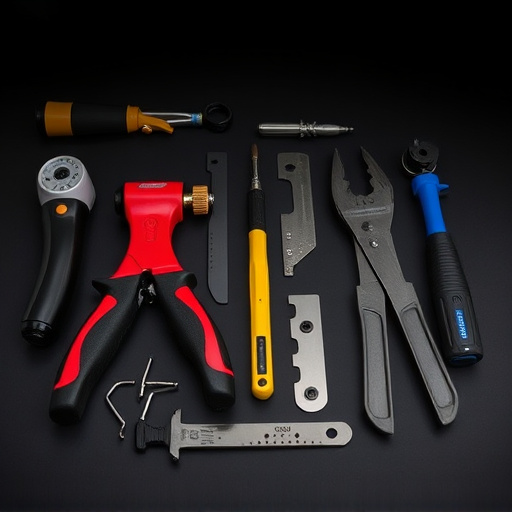
Affordable collision repair optimizes processes with modern tech, skilled technicians, and strategic…….
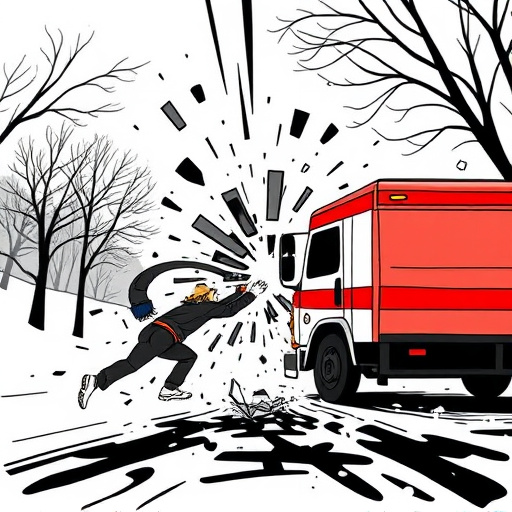
Fleet discounts on collision repair offer businesses cost savings and quality service. By partnering…….
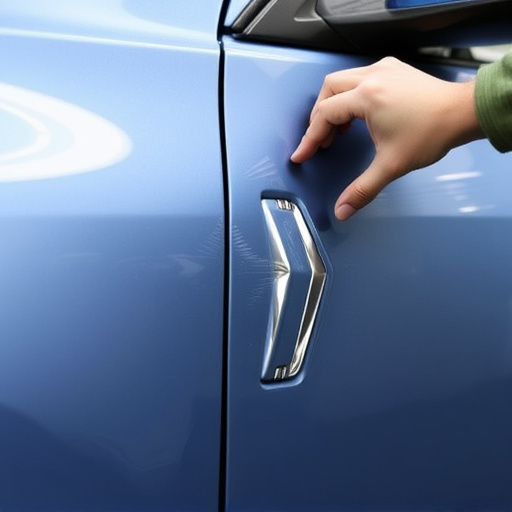
To find affordable collision repair, compare estimates detailing damage extent, parts, and labor cos…….
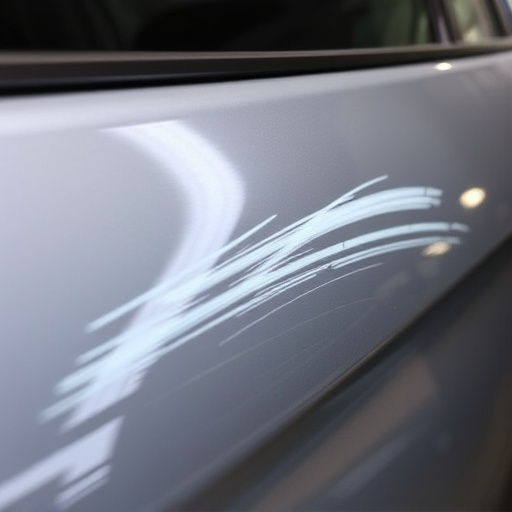
The use of common, high-quality aftermarket parts is key to providing affordable collision repair. T…….

Damaged bumpers, fenders, and bodywork from parking lots, collisions, or road debris can be repaired…….